

Articles
How To Store Tomato Soup
Modified: February 28, 2024
Learn the best articles for storing tomato soup and keeping it fresh. Find effective tips and techniques to extend the shelf life of your homemade soup.
(Many of the links in this article redirect to a specific reviewed product. Your purchase of these products through affiliate links helps to generate commission for Storables.com, at no extra cost. Learn more)
Introduction
Tomato soup is not only delicious and comforting, but it is also a versatile dish that can be enjoyed any time of the year. Whether you make a large batch of homemade tomato soup or have leftovers from a restaurant or canned variety, knowing how to store tomato soup properly is essential to maintain its flavor and quality.
In this article, we will guide you through the process of storing tomato soup to ensure it stays fresh and tasty for longer periods. From choosing the right storage container to reheating the soup, we will cover all the essential tips and tricks you need to know.
So, let’s dive in and learn how to properly store tomato soup to keep it at its best.
Key Takeaways:
- Properly storing tomato soup is crucial for maintaining its flavor and quality. Choose the right container, cool it down before storing, and consider portioning for convenience and reduced wastage.
- Freezing tomato soup allows for long-term storage, while refrigeration is ideal for short-term use. Reheat thoroughly and practice good hygiene to enjoy delicious and safe-to-consume tomato soup.
Read more: How To Store Soup
Choosing the Right Storage Container
The choice of the storage container plays a pivotal role in keeping your tomato soup fresh and safe to consume. When selecting a container, opt for one that is airtight and leak-proof. This will prevent the soup from absorbing odors from the fridge or freezer and minimize the risk of spills.
Glass or BPA-free plastic containers are excellent choices for storing tomato soup. Glass containers are durable, non-toxic, and can be easily heated in the microwave or oven. Plastic containers, on the other hand, are lightweight and convenient for transportation.
It is important to ensure that the chosen container is specifically designed for freezer use if you plan to freeze the tomato soup. Freezer-safe containers are made of materials that can withstand extreme temperatures without cracking or breaking.
For portioning purposes, consider selecting smaller individual-sized containers. This allows you to conveniently take out only the amount of soup you need, minimizing wastage and preserving the overall quality of the soup.
In addition to choosing the right container, labeling is crucial for easy identification. Write the contents and date on each container using a waterproof marker or label to keep track of how long the tomato soup has been stored.
Cool Down the Soup
Once you have prepared a freshly made batch of tomato soup or have leftover soup from a meal, it is important to cool it down properly before storing it. This step helps prevent bacteria growth and maintains the integrity of the soup.
Start by allowing the tomato soup to cool at room temperature for about 30 minutes to an hour, depending on the quantity. This allows the soup to reach a safe temperature and minimizes the risk of condensation forming inside the storage container.
After the initial cooling period, transfer the soup to the chosen storage container. Avoid placing hot soup directly into the fridge or freezer, as it can raise the temperature inside and potentially affect other perishable items.
If you are in a hurry and need to cool down the soup quickly, you can place the container in an ice bath. Fill a larger bowl or sink with ice and water, then place the container of soup in the icy water. Stir the soup occasionally to help distribute the heat evenly and speed up the cooling process.
Remember, it is important not to leave the soup at room temperature for an extended period. Bacteria can multiply rapidly in the “danger zone” between 40°F (4°C) and 140°F (60°C), posing a potential health risk.
Portioning the Soup
Properly portioning the tomato soup before storing it can greatly enhance convenience and prevent unnecessary wastage. By dividing the soup into smaller portions, you can easily take out and thaw only the amount you need, without having to defrost the entire batch.
If you plan to store the soup in the refrigerator for short-term use, portioning may not be necessary, as you can simply scoop out the desired amount when needed. However, if you are freezing the soup or want to have ready-to-go portions for quick meals, follow these steps:
- Decide on the portion sizes that best suit your needs. Consider factors like meal sizes or the number of servings you typically require.
- Using a ladle or measuring cup, carefully fill each storage container with the desired portion size of tomato soup.
- Leave some headspace at the top of each container to account for expansion during freezing.
- Seal the containers tightly with their respective lids.
By portioning the soup ahead of time, you can avoid the hassle of defrosting and reheating the entire batch for a single serving. It also allows for better portion control, reducing food waste and saving money in the long run.
Remember to label each portioned container with the date before storing it, as this helps you keep track of the storage time and ensures you use the oldest portions first.
Freezing Tomato Soup
Freezing tomato soup is a great option if you have a larger batch or want to keep it for an extended period. Freezing allows you to preserve the freshness and flavors of the soup for future use. Here’s how to freeze tomato soup:
- Ensure that the tomato soup has cooled down completely before transferring it to the storage containers. Hot soup can raise the temperature inside the freezer and affect the quality of other frozen items.
- Choose freezer-safe containers or resealable freezer bags for storing the soup. Make sure they are airtight to prevent freezer burn.
- Pour the tomato soup into the containers, leaving some headspace at the top to allow for expansion during freezing.
- Seal the containers tightly and label them with the contents and date.
- Place the containers flat in the freezer to allow for easy stacking and maximize storage space. If using freezer bags, lay them flat in a single layer until frozen, then stack them on top of each other.
Frozen tomato soup can typically be stored in the freezer for up to 3 months. It is important to note that the quality of the soup may start to deteriorate after this period, so it is best to consume it within the recommended time frame.
When you’re ready to enjoy the frozen tomato soup, remove the container from the freezer and allow it to thaw in the refrigerator overnight. Once thawed, you can heat the soup on the stovetop or in the microwave until it reaches your desired temperature.
Remember to never refreeze previously frozen tomato soup, as it can lead to a loss of texture and flavor.
Store tomato soup in an airtight container in the refrigerator for up to 3-4 days. For longer storage, freeze in a freezer-safe container for up to 3 months. Thaw in the refrigerator before reheating.
Read more: How To Store Potato Soup
Storing in the Refrigerator
If you plan to consume the tomato soup within a few days, storing it in the refrigerator is the best option. The cool temperature of the refrigerator helps maintain the freshness and quality of the soup. Here’s how to store tomato soup in the refrigerator:
- Allow the tomato soup to cool down completely before transferring it to a storage container.
- Choose an airtight container that is suitable for refrigerator use.
- Pour the soup into the container, leaving some space at the top to allow for expansion.
- Seal the container tightly with its lid and label it with the date.
- Place the container of tomato soup in the refrigerator, preferably on a shelf rather than on the door. This ensures a more consistent temperature.
Properly stored, tomato soup can last in the refrigerator for 3-4 days. After this period, it is recommended to consume the soup or transfer it to the freezer for longer storage.
If you notice any changes in color, texture, or odor, discard the soup as it may no longer be safe to consume.
Remember to always practice good hygiene when handling and storing tomato soup to minimize the risk of foodborne illnesses. Wash your hands thoroughly before and after handling the soup and ensure that all utensils and containers are clean.
Reheating Tomato Soup
When it comes to reheating tomato soup, there are a few different methods you can use depending on your preference and available equipment. Here are some ways to reheat tomato soup:
- Stovetop: Pour the desired amount of tomato soup into a saucepan or pot. Heat it over medium-low heat, stirring occasionally, until it reaches a simmer. Be careful not to bring it to a boil, as this can affect the texture of the soup.
- Microwave: Transfer the tomato soup to a microwave-safe container. Heat it in intervals of 1 minute, stirring in between, until it is heated evenly. Stirring helps distribute the heat and prevent hot spots.
- Oven: If you have a large batch of tomato soup, you can reheat it in the oven. Preheat the oven to a low temperature (around 300°F or 150°C). Place the soup in an oven-safe dish, cover it with foil, and heat for about 20-30 minutes, or until it is heated all the way through.
Regardless of the method you choose, it is important to stir the tomato soup occasionally while reheating to ensure even heating and avoid scorching.
Once the tomato soup is heated to your desired temperature, allow it to cool for a few minutes before serving. Be cautious, as the soup may be hot and can cause burns.
Remember, reheated tomato soup should be consumed within 2 hours of reheating. Any leftovers should be discarded to avoid the risk of foodborne illnesses.
By reheating your tomato soup properly, you can enjoy its delicious flavors and comforting warmth once again.
Tips for Long-Term Storage
If you want to store tomato soup for an extended period, whether in the freezer or pantry, here are some tips to ensure its long-term storage:
- Use quality ingredients: When making homemade tomato soup, use fresh, high-quality ingredients to enhance the flavor and longevity of the soup. Fresh tomatoes, aromatic herbs, and quality spices can make a significant difference.
- Properly seal containers: Whether you are using plastic containers or freezer bags, ensure they are tightly sealed to prevent air and moisture from entering. This helps maintain the quality and taste of the soup.
- Remove excess air: If using plastic containers, press out any excess air before sealing them. For freezer bags, squeeze out as much air as possible and seal tightly. This helps prevent freezer burn and preserves the soup’s freshness.
- Consider portioning: As mentioned earlier, portioning the soup before storing it allows you to thaw and use only the amount you need. It also enables faster and more convenient reheating.
- Rotate stock: If you have multiple containers or batches of frozen tomato soup, make sure to rotate your stock. Use the oldest containers first to maintain optimal freshness and flavor.
- Date and label containers: To keep track of storage times, always label your containers with the date of preparation. This ensures you use the tomato soup within its recommended storage period.
- Monitor freezer temperature: Make sure your freezer maintains a constant temperature of 0°F (-18°C) or below to ensure the safety and longevity of frozen tomato soup.
- Inspect for spoilage: Before reheating or consuming tomato soup that has been stored for a long time, inspect it for any signs of spoilage. Look for changes in color, texture, or odor. If anything seems off, it’s best to discard the soup.
By following these tips, you can extend the shelf life of your tomato soup and enjoy its deliciousness whenever you desire.
Conclusion
Knowing how to properly store tomato soup is essential for preserving its flavor, freshness, and quality. By following the guidelines outlined in this article, you can ensure that your tomato soup remains delicious and safe to consume.
Start by choosing the right storage container that is airtight and leak-proof. Glass containers or BPA-free plastic containers are excellent choices for storing tomato soup. Don’t forget to label each container with the contents and date for easy identification.
After preparing or receiving tomato soup, cool it down before storing it to prevent bacterial growth. Portioning the soup allows for convenient serving sizes and reduces wastage. Freezing tomato soup is a great option for long-term storage, while refrigeration is ideal for short-term use.
When reheating tomato soup, you can use the stovetop, microwave, or oven. Make sure to reheat it thoroughly and allow it to cool a bit before consuming.
For long-term storage, quality ingredients and proper sealing of containers are crucial. Removing excess air and rotating your stock will help maintain the soup’s freshness. Monitor freezer temperatures and regularly inspect for any signs of spoilage.
In conclusion, by following these storage tips, you can ensure that your tomato soup retains its delicious flavors and remains safe to consume. So go ahead and enjoy a warm bowl of tomato soup any time you desire, knowing it has been properly stored.
Frequently Asked Questions about How To Store Tomato Soup
Was this page helpful?
At Storables.com, we guarantee accurate and reliable information. Our content, validated by Expert Board Contributors, is crafted following stringent Editorial Policies. We're committed to providing you with well-researched, expert-backed insights for all your informational needs.
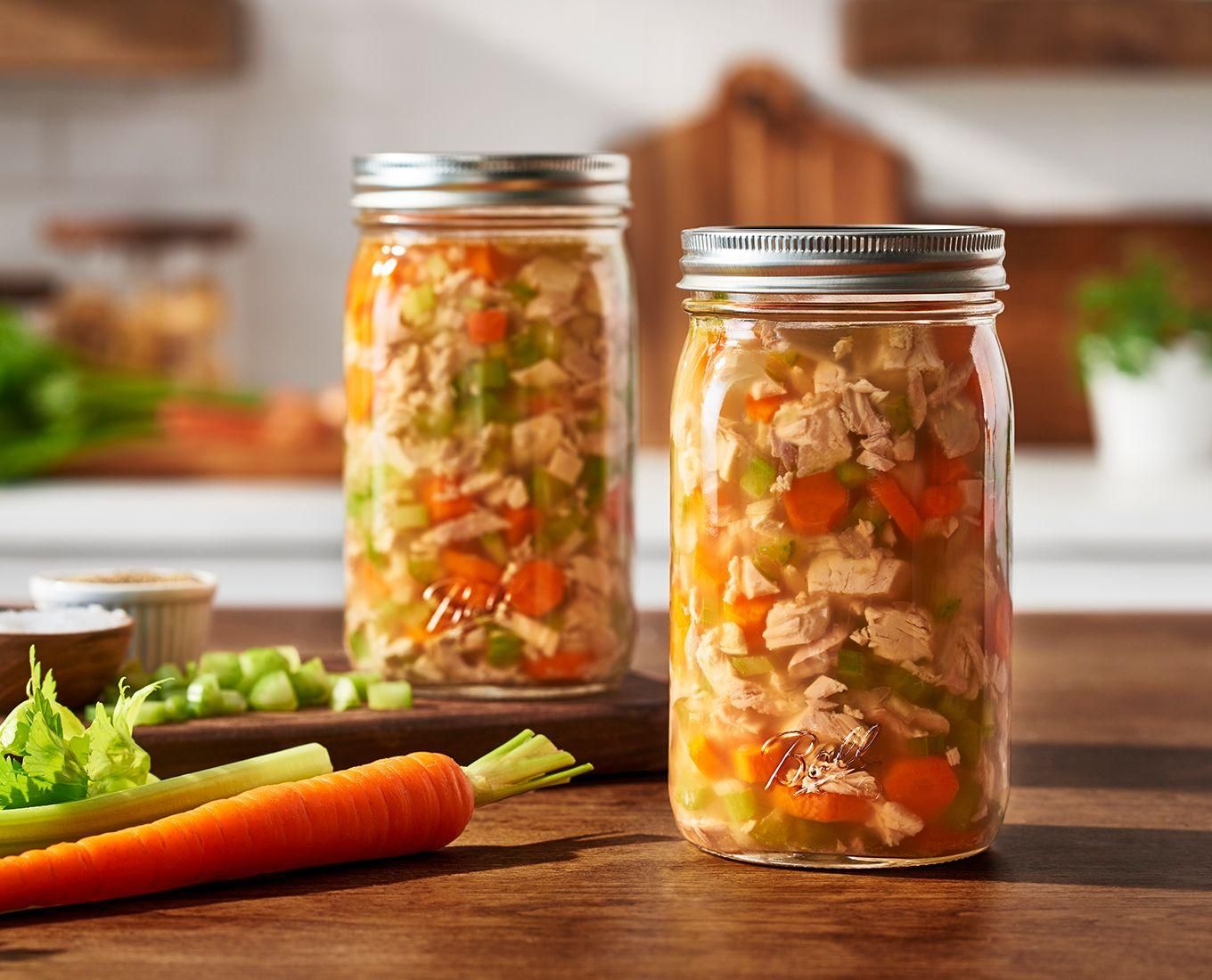




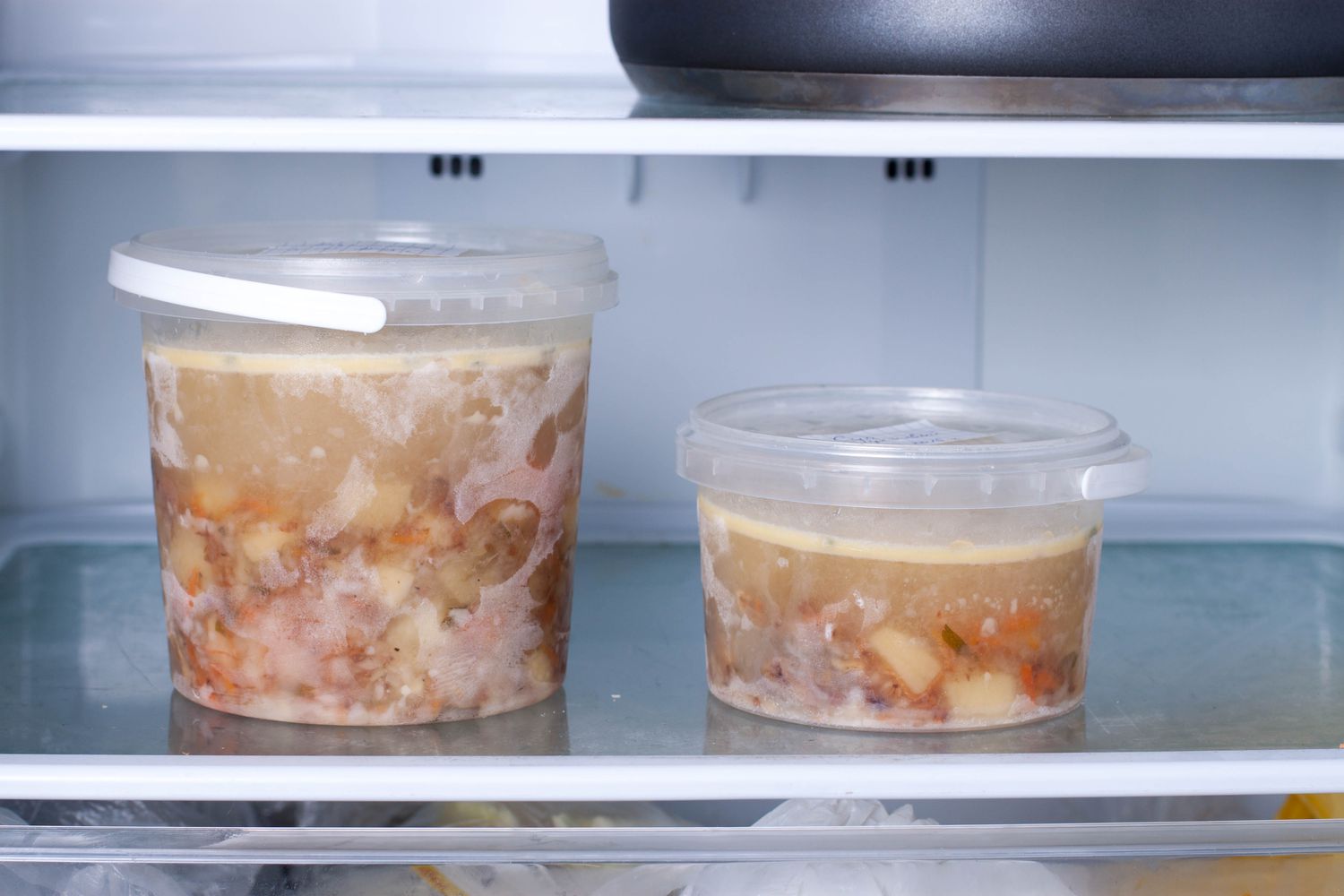



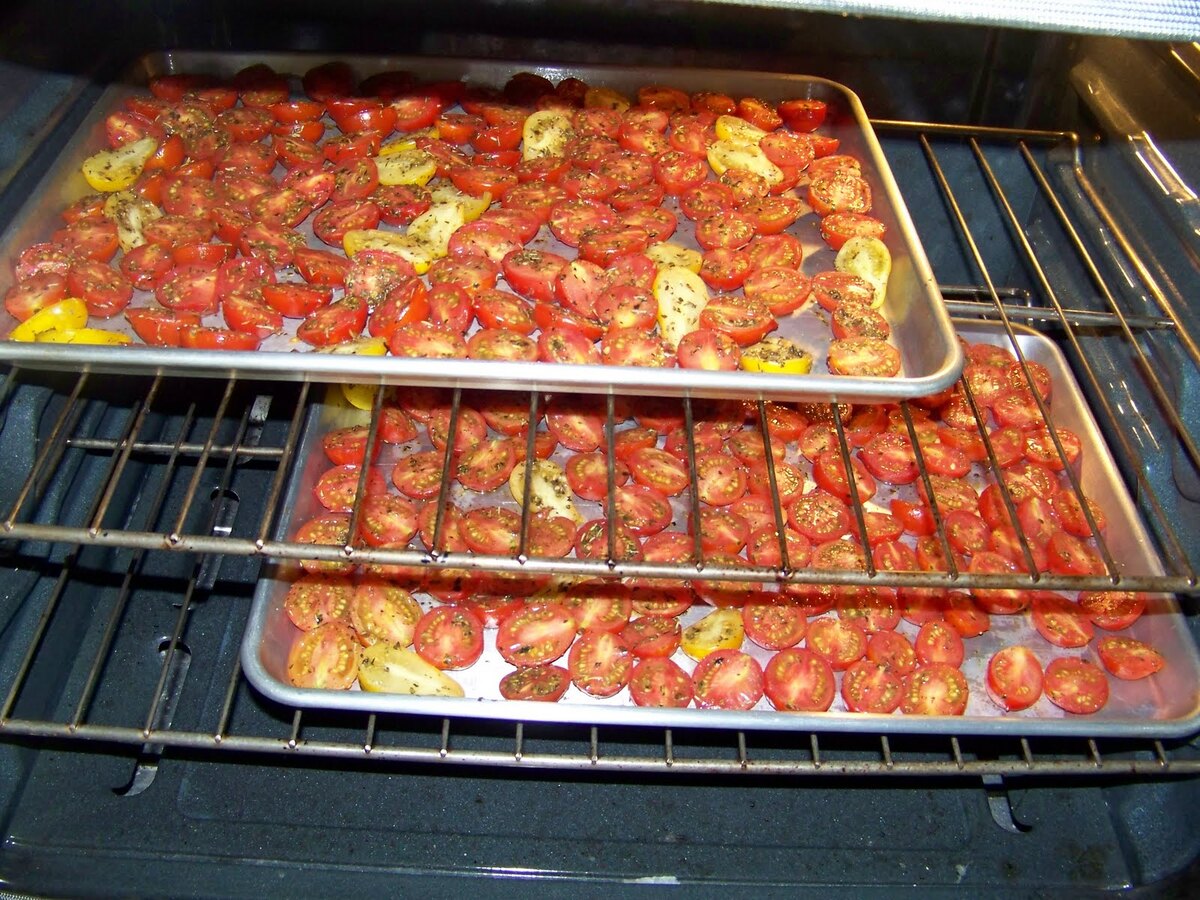
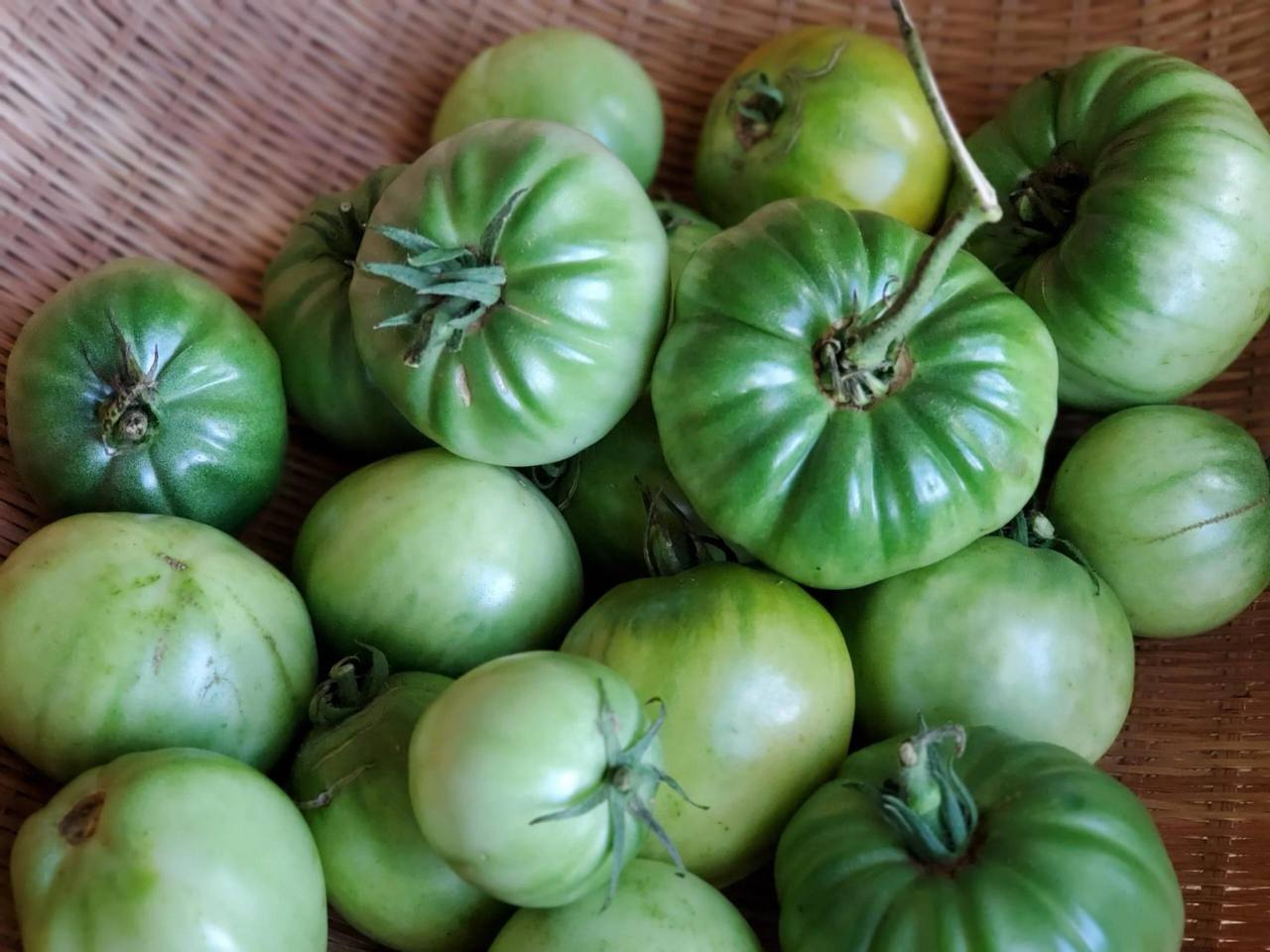


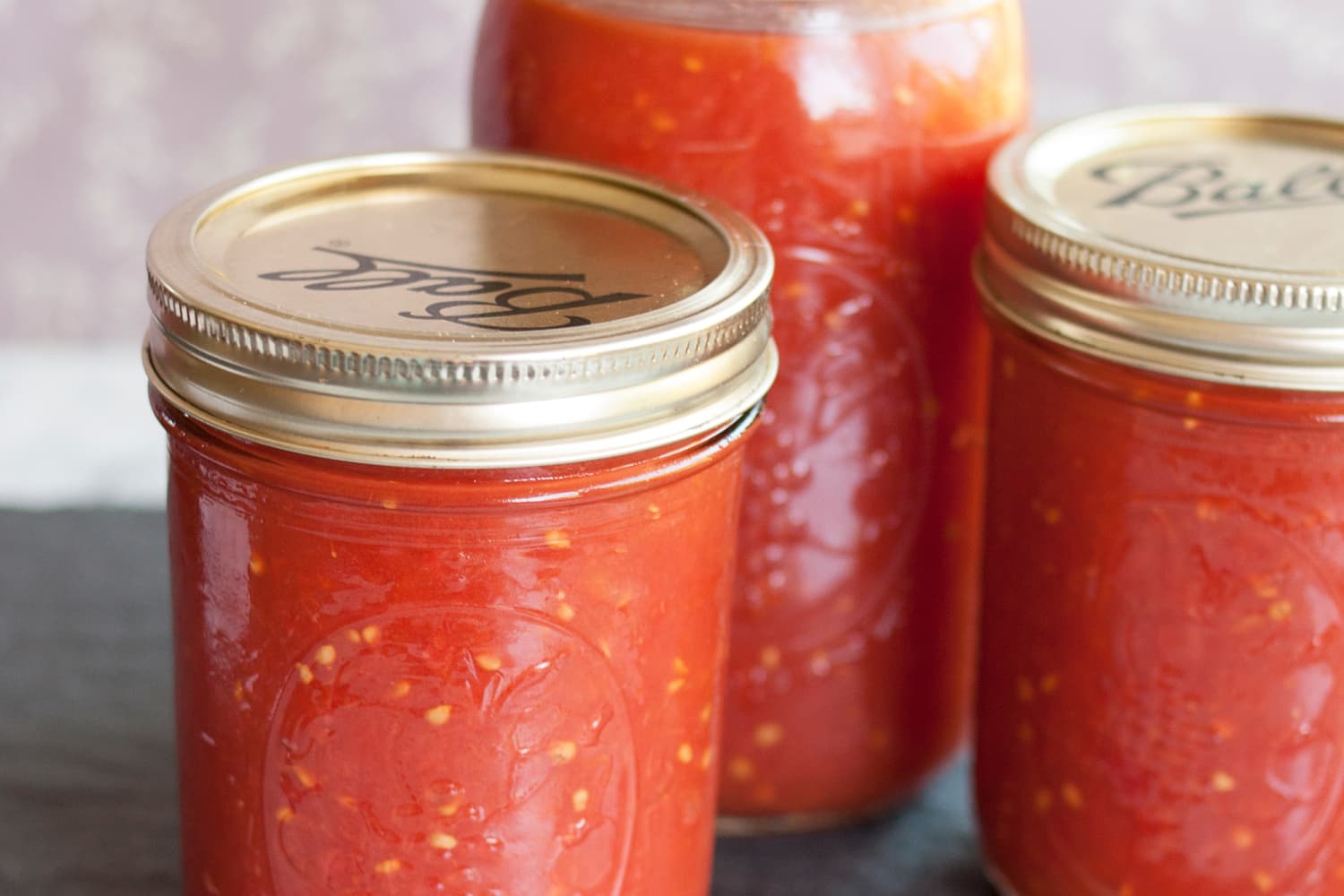

0 thoughts on “How To Store Tomato Soup”